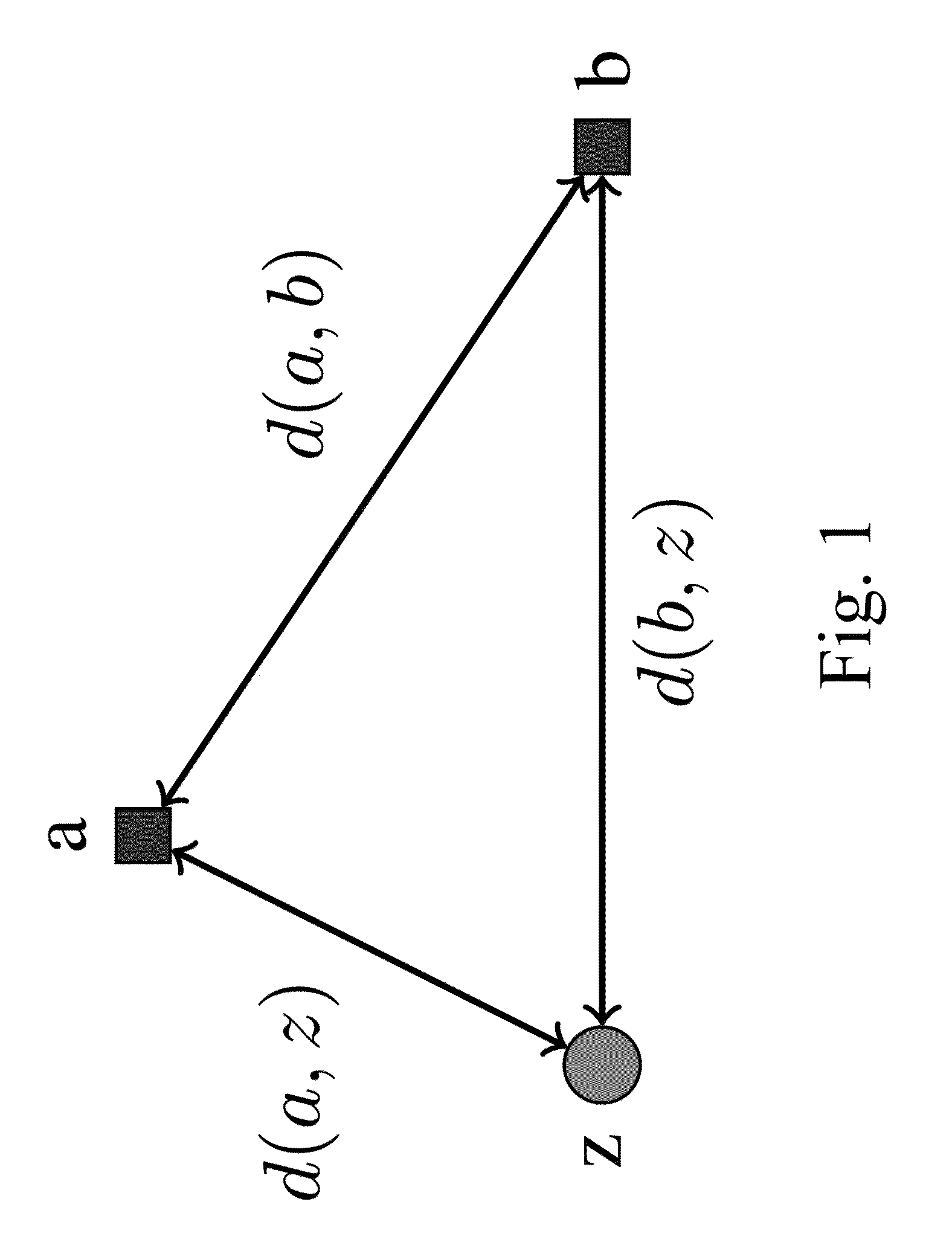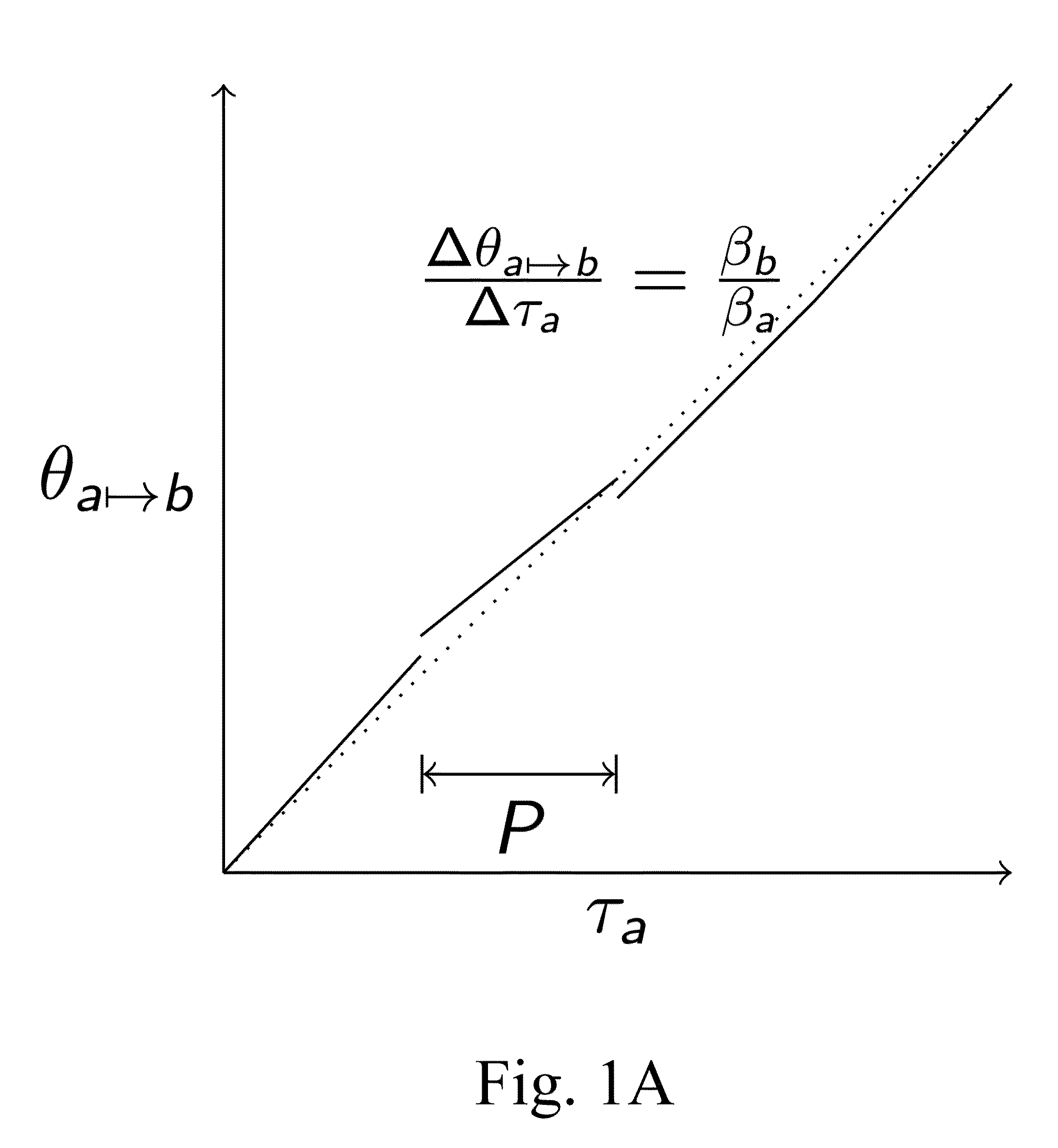Method and system for adaptive synchronization of timing information generated by independently clocked communication nodes
a communication node and timing information technology, applied in the field of virtual can solve the problems of insufficient timing information for many applications requiring precise timing information, the frequency of quartz crystal oscillator clocks is far less sophisticated and the cost of quartz crystal oscillator clocks is much less expensive, and the wireless computer network employs far less sophisticated and less expensive quartz crystal oscillator clocks. to achieve the effect of effective synchronization of timing information
- Summary
- Abstract
- Description
- Claims
- Application Information
AI Technical Summary
Benefits of technology
Problems solved by technology
Method used
Image
Examples
example
Adaptive Synchronization Intime-Based Location
[0112]A particularly effective application of the subject method and system for adaptive synchronization of otherwise unsynchronized timing information is in the accurate time-based location of communication nodes in a wireless network. Referring to FIG. 1, wireless location systems based on time measurements generally fall into two basic categories, namely: time of arrival (TOA) and time difference of arrival (TDOA). TOA measures the distance between two nodes a and b.
TOA(a,b)=d(a,b) (2)
If a is an anchor node, and b is a mobile node, the locus of possible positions of node b satisfying the distance equation is a sphere centered at node a.
[0113]TDOA measures the difference of the distances between a single node z and two participant nodes a and b.
TDOA(a,b,z)=d(b,z)−d(a,z) (3)
As illustrated in FIG. 2, the locus of possible positions of node z satisfying the distance equation defines a hyperboloid with its foci at the positions of nodes ...
PUM
 Login to View More
Login to View More Abstract
Description
Claims
Application Information
 Login to View More
Login to View More - R&D
- Intellectual Property
- Life Sciences
- Materials
- Tech Scout
- Unparalleled Data Quality
- Higher Quality Content
- 60% Fewer Hallucinations
Browse by: Latest US Patents, China's latest patents, Technical Efficacy Thesaurus, Application Domain, Technology Topic, Popular Technical Reports.
© 2025 PatSnap. All rights reserved.Legal|Privacy policy|Modern Slavery Act Transparency Statement|Sitemap|About US| Contact US: help@patsnap.com



